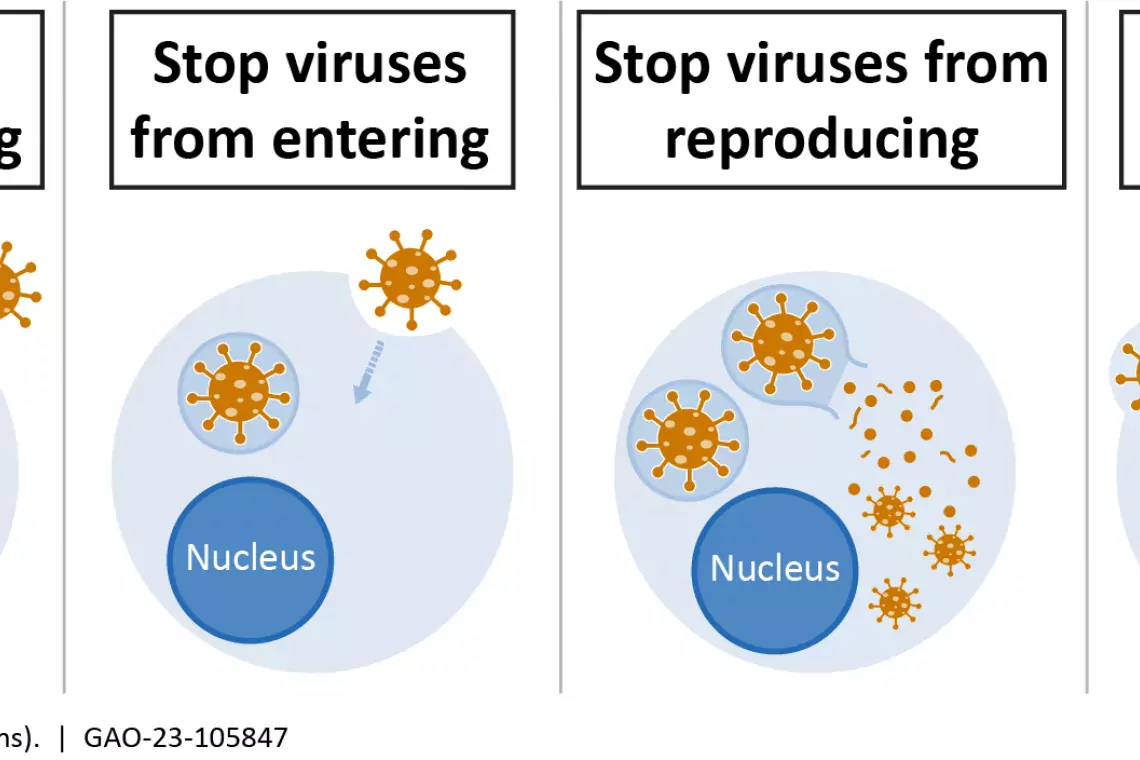The Push to Increase Pediatric Research and Greater Diversity in Cancer Treatment Trials
Advancements in cancer treatment and drug trials have improved survival rates. But children and racial minorities are often missing from cancer research, which could reduce the safety and effectiveness of treatments for these populations.
Today’s WatchBlog post looks at our recent work about what’s being done to advance participation in clinical trials and treatments for children and minorities.
Image

Pediatric cancer treatments lag behind those for adults
Pediatric cancer is the leading cause of death by disease among children in the United States. Last year alone, about 10,000 new cases of cancer were diagnosed in children. While survival rates have improved, some pediatric cancer survival rates remain heartbreakingly low. While there is a need for new treatments to improve these numbers, there have been relatively few new drugs approved for treatments.
To determine the safety and effectiveness of cancer treatments on children, pediatric cancer researchers need to study a diverse and wide patient population. But many forms of pediatric cancer are considered rare and include many sub-types that are even rarer. The need for racial and ethnic diversity in these studies narrows an already small patient population even more, potentially putting studies at risk of never being completed at all.
To promote new treatments for children, in 2017, Congress passed the Research to Accelerate Cures and Equity for Children Act (RACE Act). The RACE Act requires that drug developers—who intend to apply for FDA approval of certain adult cancer drugs—include in their plans an approach for also studying the drug in pediatric patients. The hope is that it may offer a promising treatment.
Our new report looked at whether the RACE Act has helped. We found that the RACE Act has increased the number of planned pediatric studies, but it’s too soon to determine if these studies will result in more approved pediatric cancer drugs because the studies can take years to complete. FDA officials and stakeholders told us they are optimistic about the RACE Act increasing the number of approved pediatric cancer drugs, because since its passage, researchers have seen wider interest and increased inquiries about pediatric cancer.
To learn more about pediatric cancer research, read our new report or listen to our podcast with GAO’s Mary Denigan-Macauley.
Lack of diversity in cancer clinical trials can make treatment less effective for all
Despite more than three decades of government policies aimed at improving diversity in clinical cancer trials, certain groups—including racial and ethnic groups, women and low-income individuals—remain underrepresented. For example, less than 2% of 10,000 National Cancer Institute-sponsored clinical trials in 2013 focused on racial or ethnic groups other than non-Hispanic White.
Image

Diversity is necessary within clinical trials because it helps researchers analyze the safety and efficacy of a treatment in various populations. It also helps researchers understand the potential differences in dosing and warning labels appropriate for treating different populations.
A number of factors can effect a person’s participation in a clinical trial, ranging from unconscious bias to the financial and logistical challenges associated with participation in a trial, such as the costs of transportation, lodging, meals, and childcare. In this case, unconscious bias occurs when healthcare providers fail to inform a patient about an available clinical trial based on assumptions about the patient’s race, ethnicity, socioeconomic status or other characteristics.
Our December report looked at the steps taken to increase diversity in cancer research. We found that the Departments of Defense, Health and Human Services, and Veteran’s Affairs have taken steps to increase the diversity in federally funded cancer clinical trials. For example, DOD requires that applicants for clinical research funding submit their plan for recruiting women and minorities. The departments have also taken steps to reduce financial barriers to participation by offering compensation for routine costs associated with participation and reimbursement of transportation and childcare expenses.
Learn more about federal efforts to increase diversity in cancer research by reading our December report.
- Comments on GAO’s WatchBlog? Contact blog@gao.gov.
GAO Contacts
Related Products

GAO's mission is to provide Congress with fact-based, nonpartisan information that can help improve federal government performance and ensure accountability for the benefit of the American people. GAO launched its WatchBlog in January, 2014, as part of its continuing effort to reach its audiences—Congress and the American people—where they are currently looking for information.
The blog format allows GAO to provide a little more context about its work than it can offer on its other social media platforms. Posts will tie GAO work to current events and the news; show how GAO’s work is affecting agencies or legislation; highlight reports, testimonies, and issue areas where GAO does work; and provide information about GAO itself, among other things.
Please send any feedback on GAO's WatchBlog to blog@gao.gov.





